India’s rapid transition into a digital economy has brought numerous opportunities, from online education and banking to job portals and social media. But as we celebrate “Digital India,” a difficult question arises: Is caste-based discrimination also evolving into the digital space?
The internet was once seen as a tool to level the playing field, giving voice to the marginalised and connecting people beyond boundaries. However, evidence suggests that caste, one of India’s oldest and most persistent social hierarchies, has found its way into the digital world too.
In this article, we explore the various facets of caste in the digital age — from subtle algorithmic bias to overt social media hate, and the digital divide that still separates large sections of Dalit and tribal communities from meaningful internet access.
📱 1. Social Media: A Double-Edged Sword
Platforms like Facebook, Twitter, and Instagram have become powerful spaces for expression and activism. Movements like #DalitLivesMatter have gained visibility online. Dalit activists and scholars use social media to challenge oppressive narratives and share their stories.
But at the same time, these platforms have also become hotbeds for caste-based trolling, abuse, and misinformation.
Examples:
Dalit voices often face targeted hate and threats.
Caste slurs are frequently used in comments and replies.
Content from marginalised voices sometimes gets flagged or removed disproportionately, possibly due to biased reporting or moderation.
While community guidelines exist, enforcement is often inconsistent, leaving users vulnerable.
🌐 2. The Digital Divide: Who Gets Left Behind?
Despite the rise of smartphones and cheaper data, digital access remains unequal. A significant number of SC/ST (Scheduled Caste/Scheduled Tribe) households still struggle with:
Lack of devices
Poor internet connectivity
Low digital literacy
This creates a two-tier internet:
One where urban, upper-caste, English-speaking users dominate conversations.
Another area where large parts of rural, marginalised populations remain invisible.
As education, job applications, government services, and healthcare shift online, this digital divide reinforces caste-based exclusion.
🤖 3. Algorithms and Caste Bias
Search engines, recommendation systems, and job portals use algorithms to filter and prioritise information. But these systems are not neutral. They often reflect the biases of the data they’re trained on, which in India, can include caste prejudice.
Real-world concerns:
Caste surnames in resumes may lead to algorithmic discrimination in job platforms.
Search suggestions related to Dalits or SC/ST groups often show stereotypes or offensive content.
AI moderation systems may fail to detect coded caste abuse, while wrongly flagging content from activists.
Without conscious checks, tech can unintentionally amplify caste hierarchies rather than dismantle them.
🏫 4. Online Education and Exclusion
Digital learning has experienced significant growth in India, particularly since the COVID-19 pandemic. However, while edtech is often hailed as a solution to inequality, it frequently overlooks the specific needs of marginalised students.
Key issues:
Many Dalit students lack access to smartphones, laptops, or stable internet.
Online classes rarely address language or cultural gaps, making it harder for first-generation learners.
Caste bias can appear in teacher behaviour, peer interactions, and even course content.
When edtech platforms fail to be inclusive, they reinforce educational inequalities.
💼 5. Job Portals and Caste-Blind Hiring: Progress or Problem?
Online job platforms like Naukri.com or LinkedIn don’t ask for caste details, promoting an idea of “merit-based hiring.” But in a country where caste is deeply embedded in opportunity and access, this can lead to erasure rather than equality.
Without affirmative action online, Dalit and tribal job seekers may:
Get fewer callbacks due to subtle name-based bias.
Lack of networks and visibility compared to upper-caste candidates.
Be excluded from informal referrals or hiring loops that exist on platforms.
Digital hiring, while efficient, may be silently reproducing offline discrimination.
🧠 6. The Rise of Digital Caste Activism
Despite all these challenges, one hopeful sign is the rise of Dalit, Bahujan, and Adivasi (DBA) digital voices.
They’re using:
Blogs and YouTube to share alternative histories.
Instagram and Twitter to discuss caste realities in urban life.
Podcasts and newsletters to educate and advocate.
Digital India is also a platform for resistance, and marginalised voices are reshaping narratives, refusing to stay silent.
⚖️ 7. What Can Be Done?
The intersection of caste and digital technology needs urgent attention from policymakers, platform developers, educators, and civil society.
Key solutions:
Inclusive design: Tech products should consider caste diversity from the ground up.
Affirmative digital policies: Government initiatives must prioritise SC/ST households for digital infrastructure and literacy.
Stronger content moderation: Social platforms need to invest in culturally aware moderation teams and support systems.
Data regulation: Prevent AI systems from reproducing systemic bias through regular audits and transparency.
Education reform: Edtech must cater to vernacular languages and local contexts, and train educators on caste sensitivity.
🧾 Final Thoughts
Caste discrimination didn’t disappear with technology — it evolved with it.
As India builds its digital future, we must ask: Who is included, and who is left behind? Technology is a powerful tool, but without conscious design and inclusive practices, it risks becoming just another space where the privileged thrive and the marginalised are silenced.
The future of Digital India must be one where access, opportunity, and dignity are available to all, regardless of caste.


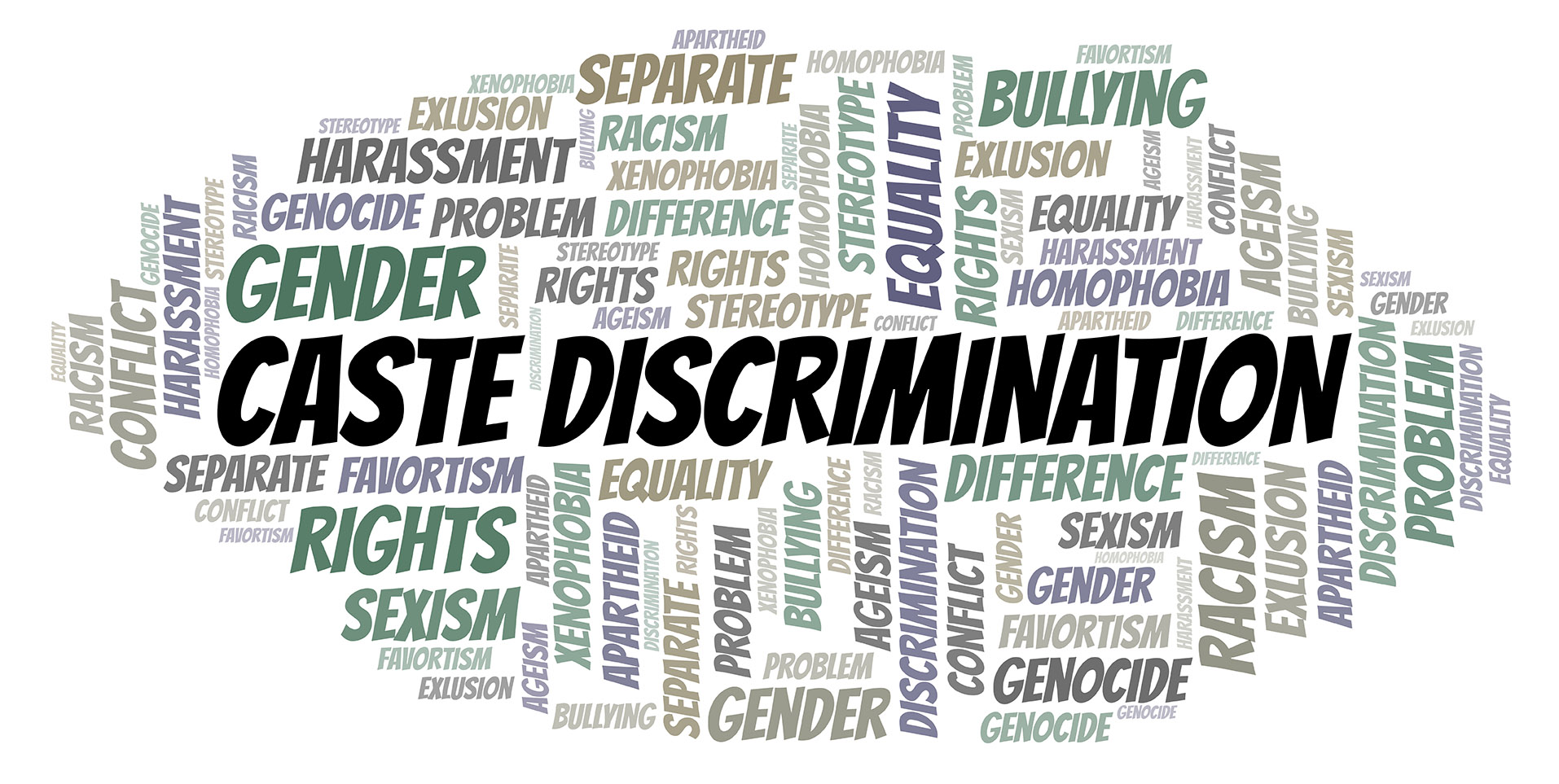

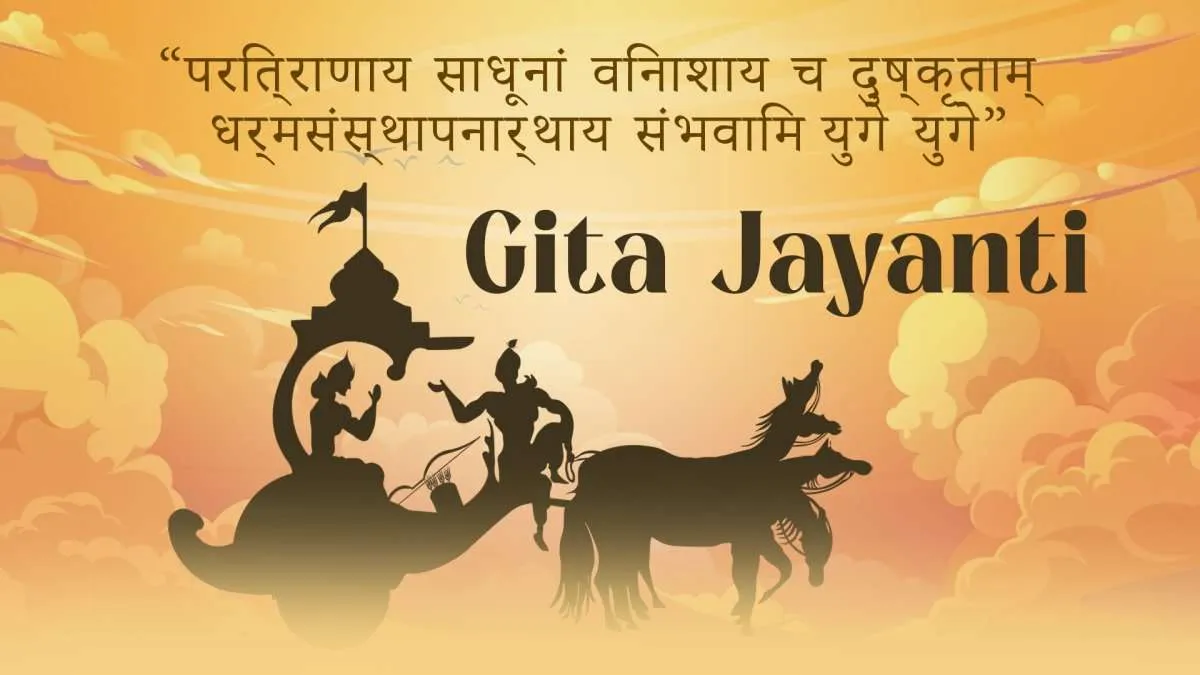
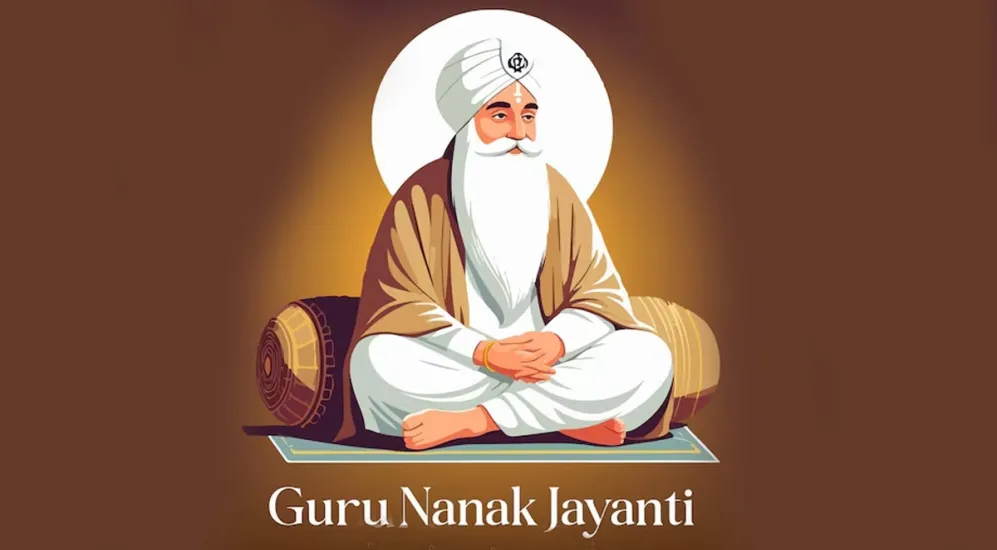
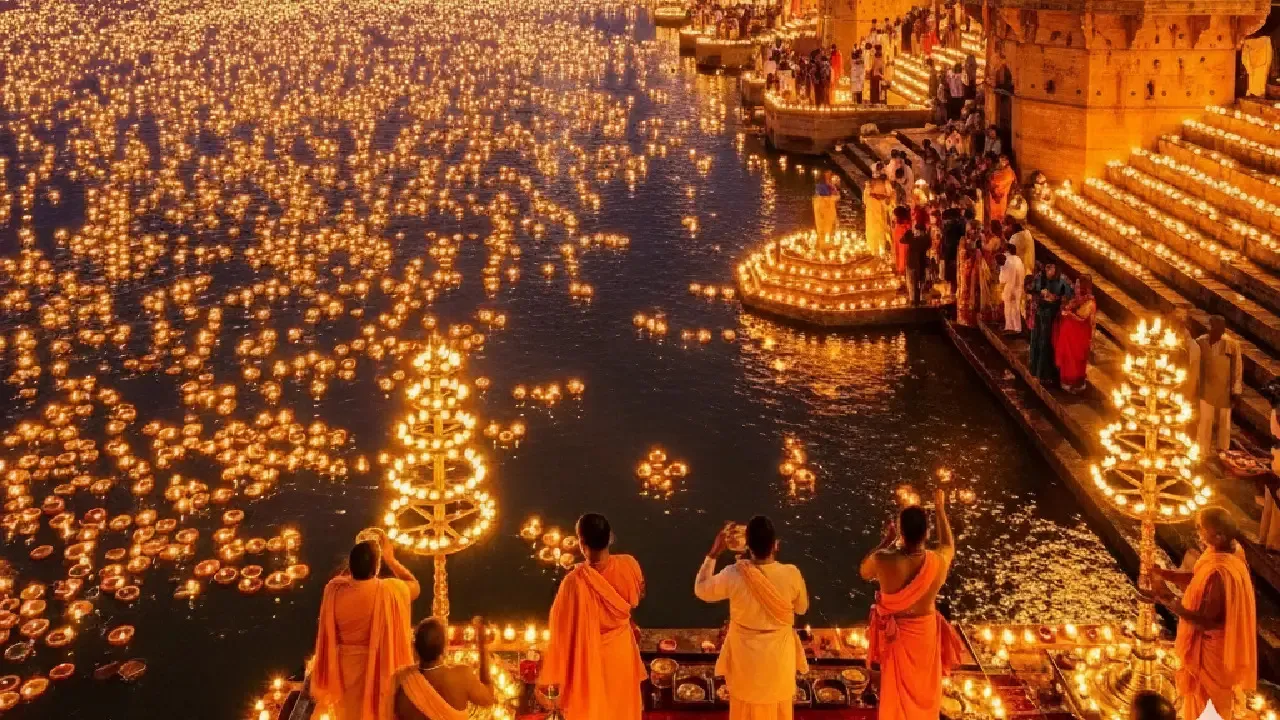
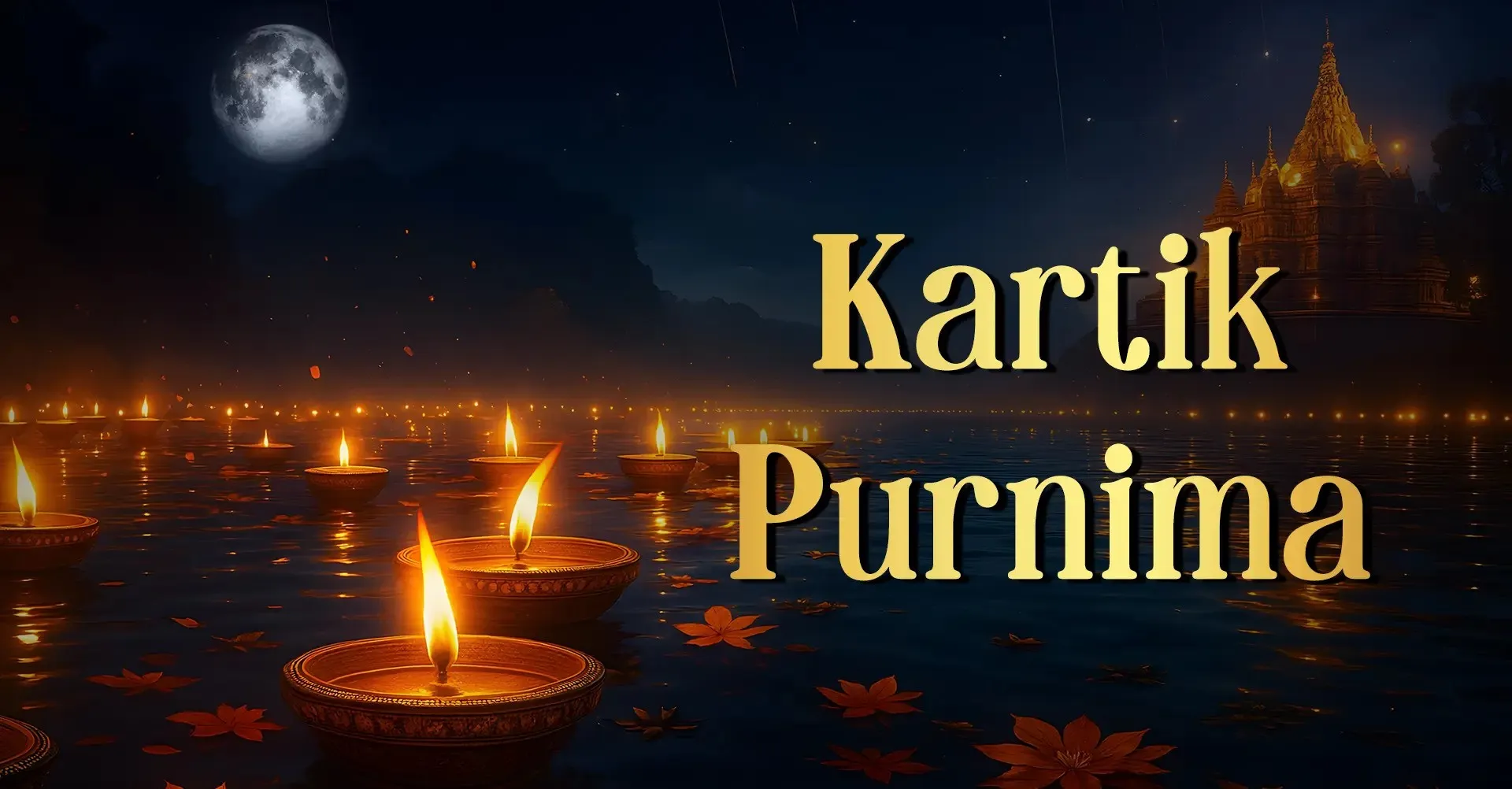
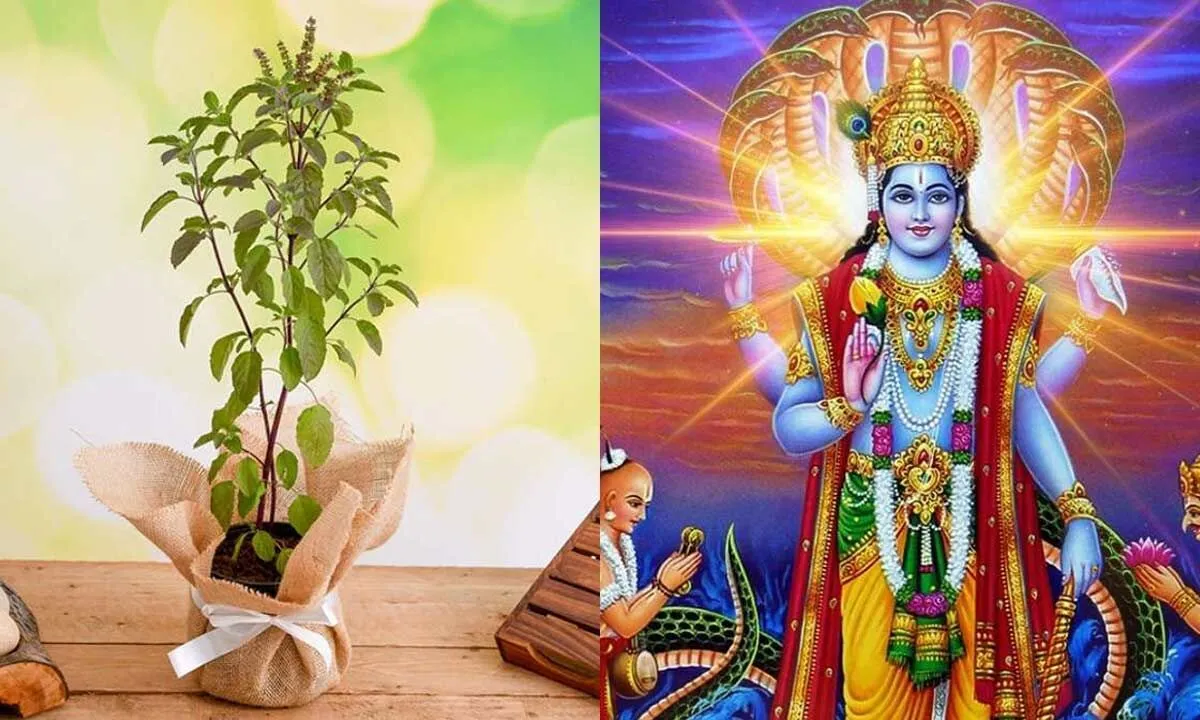
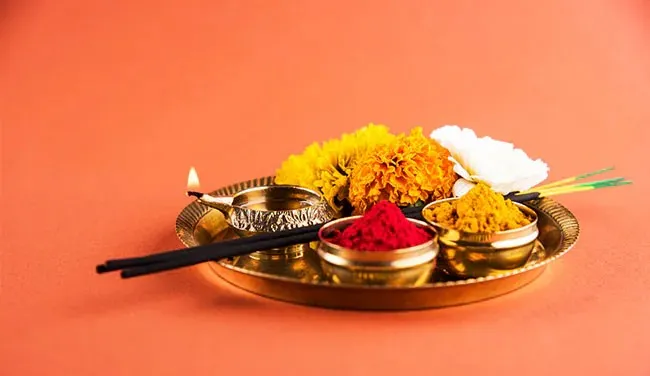
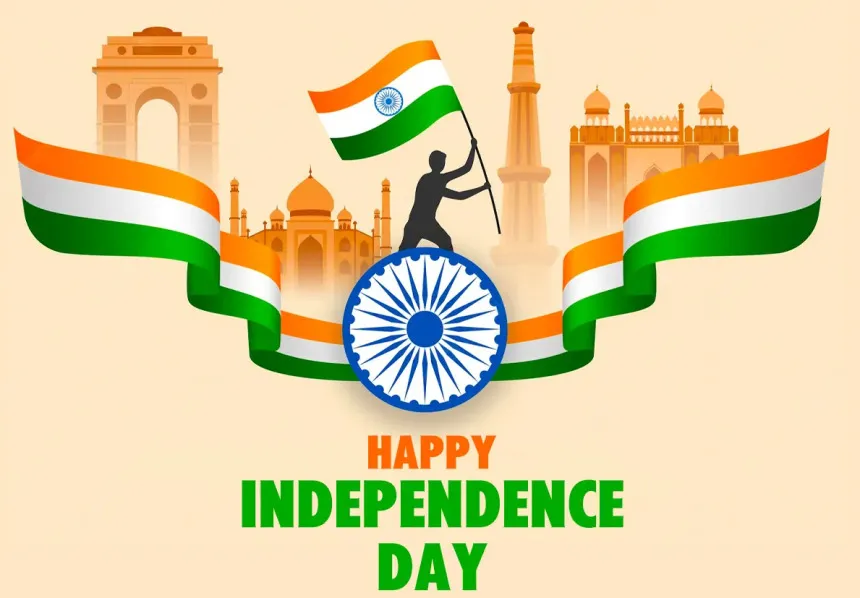

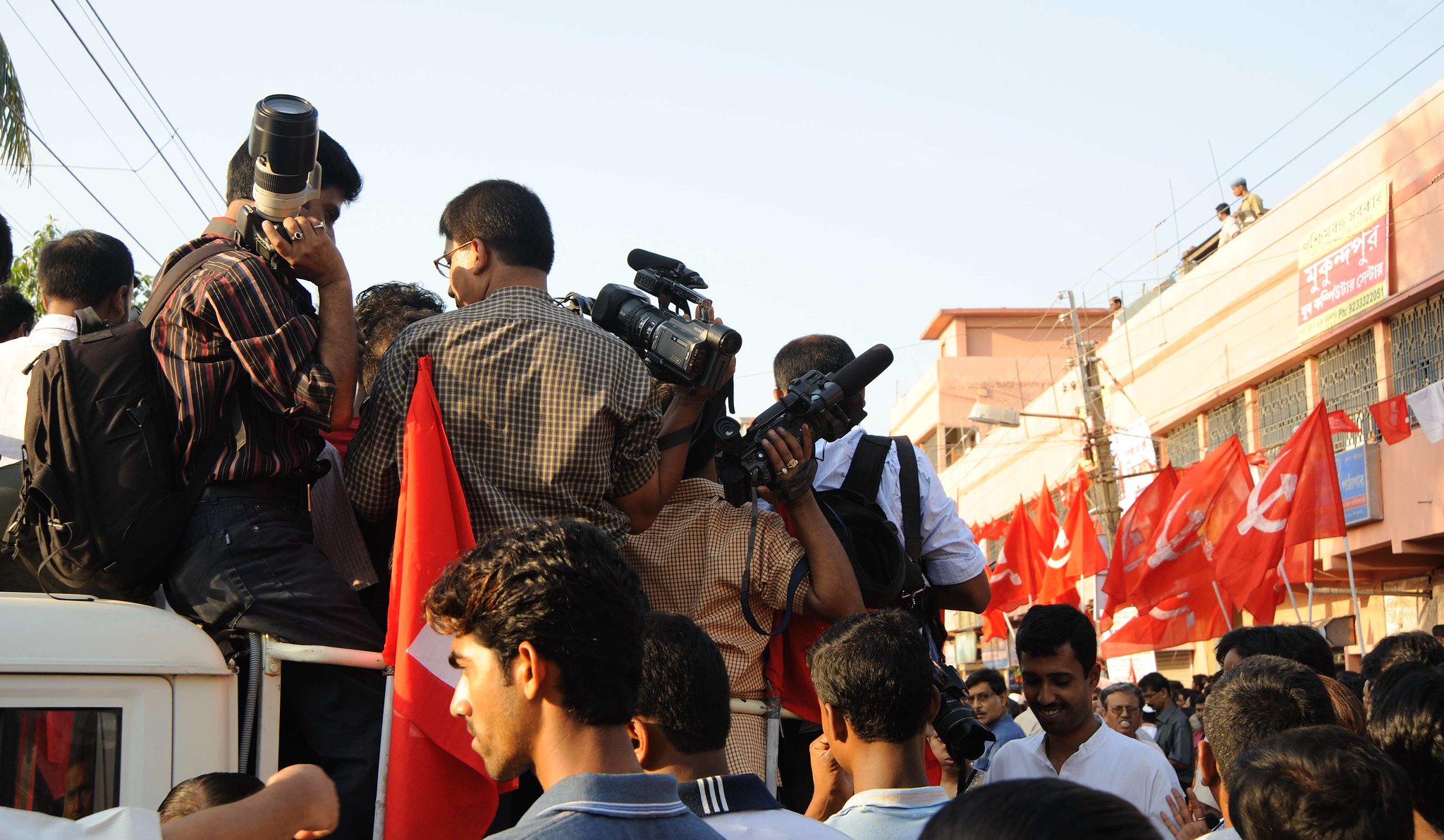
Recent Comments
No comments yet.